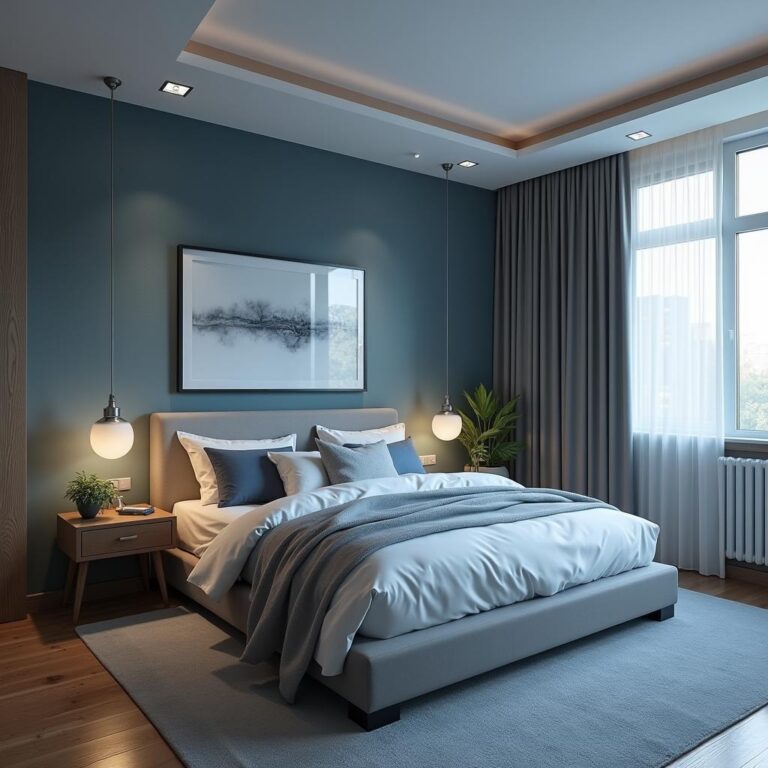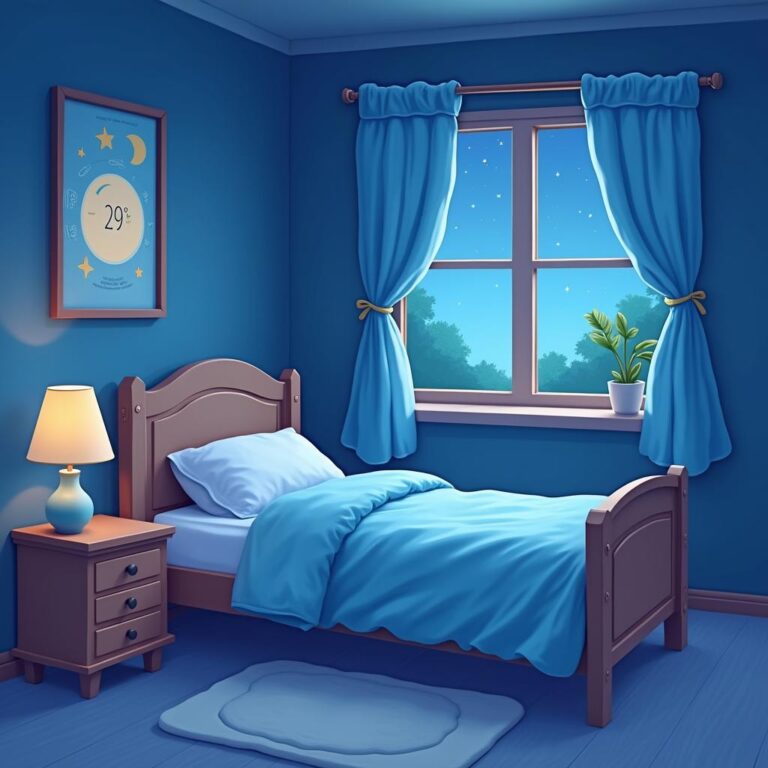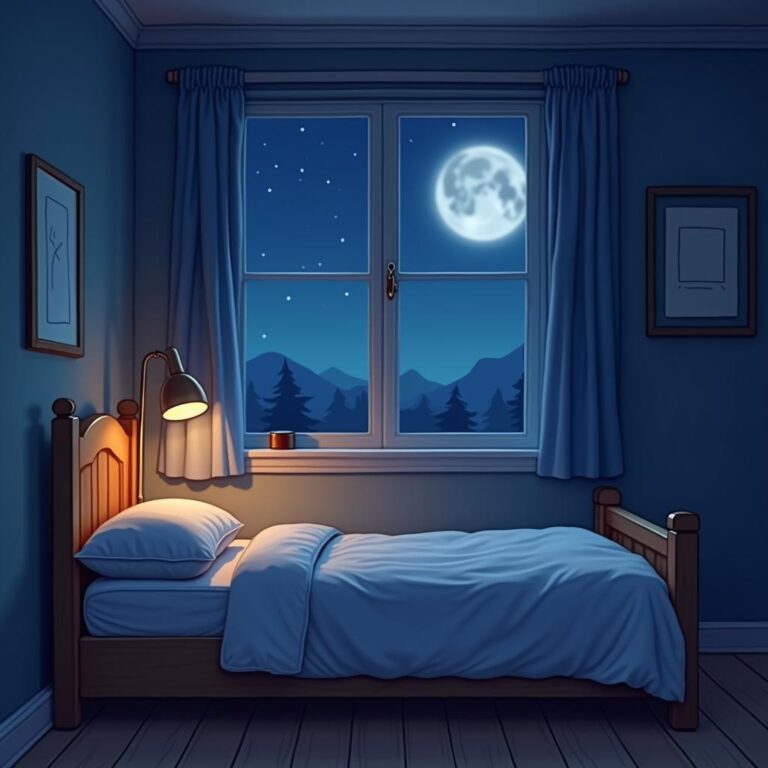Best Sleep Environment for Deep Sleep: The Ultimate Setup Guide
Achieving deep, restful sleep is essential for optimal health and well-being. The importance of a conducive sleep environment cannot be overstated, as it plays a critical role in enabling us to enter deeper stages of sleep. This guide will delve into the best sleep environment for deep sleep, offering tips and tricks to create the ultimate sleep sanctuary in your home.
The Science Behind Deep Sleep
Before we explore how to create the best sleep environment, let’s understand what deep sleep is and why it’s so important. Deep sleep, or slow-wave sleep, is a stage in the sleep cycle vital for physical recovery, growth, and memory consolidation. During this phase, the body repairs tissues, recharges the immune system, and releases growth hormones, making it critical for overall health. Disruptions to deep sleep can lead to several health problems, including fatigue, cognitive decline, and weakened immunity.
1. Optimal Bedroom Setup
Choosing the Right Mattress
The foundational element of a great sleep environment is the mattress. It should provide adequate support and comfort tailored to your sleep style—whether you’re a back, side, or stomach sleeper. Memory foam, hybrid, and latex mattresses are popular choices as they conform to the body’s shape while providing adequate support.
Pillows Matter
Just like mattresses, pillows play an essential role in achieving deep sleep. Choose a pillow that aligns your spine properly, offering support according to your sleeping position. For example, side sleepers may benefit from a thicker, firmer pillow, while back sleepers often prefer a medium-loft pillow.
2. Optimize Lighting
Control Natural Light
Exposure to natural light during the day helps regulate the body’s circadian rhythm, making it important to let in sunlight during waking hours. However, limiting natural light at night is equally essential. Use blackout curtains to block out any external light sources, promoting a darker environment conducive to deep sleep.
Artificial Light Management
Minimize exposure to blue light emitted from screens at least an hour before bedtime. Consider using night mode on digital devices and incorporate red or dim lighting in your bedroom to create a calming atmosphere.
3. Temperature Control
Your body temperature plays a vital role in the quality of your sleep. The ideal bedroom temperature for deep sleep typically ranges between 60 to 67 degrees Fahrenheit (16 to 19 degrees Celsius). Explore options like a fan, air conditioning, or natural ventilation to maintain a comfortable temperature. Additionally, using breathable bedding materials like cotton or bamboo can help regulate your temperature throughout the night.
4. Sound and Noise Control
Soundproofing Techniques
Noise can significantly disrupt your sleep cycle. To create a serene sleep environment, consider investing in soundproofing solutions like double-pane windows, heavy curtains, or rugs that absorb sound. White noise machines or apps can also be helpful, providing a consistent auditory backdrop that masks disruptive sounds.
Sleep-Inducing Sounds
In addition to noise management, incorporating soothing sounds can enhance your sleep environment. Nature sounds, soft music, or guided sleep meditations help facilitate relaxation and promote deep sleep.
5. Declutter and Organize Your Space
A tidy bedroom is conducive to a peaceful mind. Clutter can be visually overwhelming and mentally distracting. Keep your sleeping area organized by reducing unnecessary items and maintaining a clean, calm atmosphere. Consider storage solutions to keep personal belongings out of sight, creating an open and inviting space.
6. Aromatherapy and Scents
Essential Oils for Relaxation
Aromatherapy can enhance your sleep environment and promote deep sleep. Essential oils such as lavender, chamomile, and bergamot are well-known for their calming properties. Diffusing these oils in your bedroom or using them in a bedtime routine can signal to your brain that it’s time to wind down.
Incorporate Scented Elements
Besides essential oils, you can use scented candles or aroma pillows to create a pleasant atmosphere. Just ensure that any scented products you use are free from synthetic chemicals, as they can have adverse effects on your health and sleep quality.
7. Establish a Pre-Sleep Routine
The environment isn’t everything; your routine before bedtime also sets the stage for deep sleep. Engage in relaxing activities an hour before bed, such as reading, stretching, or meditative practices, to help signal to your body that it’s time to relax. Avoid stimulating activities like work or intense exercise, which can keep you alert and disrupt your ability to fall asleep.
8. Limit Sleep Disruptors
Evaluate Your Diet
What you consume can significantly impact your sleep. Limit caffeine and nicotine intake, especially later in the day, as they can interfere with your ability to fall asleep and enter deep sleep stages. Similarly, heavy meals close to bedtime can cause discomfort and disrupt sleep. Instead, opt for light snacks if you’re hungry.
Technology and Sleep
Consider removing electronic devices from your bedroom. The presence of phones, tablets, and televisions can lead to distractions, and the constant notifications and alerts disrupt the peaceful environment necessary for deep sleep. Establishing a device-free zone can help you maintain focus on sleep.
Conclusion
Creating the best sleep environment for deep sleep requires a multifaceted approach. By optimizing your bedroom setup, controlling light and noise, managing temperature, decluttering, utilizing scents, establishing a pre-sleep routine, and limiting sleep disruptors, you can significantly enhance your chances of achieving deep, restorative sleep. Remember, the effort you invest in setting up your sleep environment pays off in improved health, mood, and overall quality of life.







